Have you ever been in a situation where you had to explain what you do as an online teacher? “So your job is … an online teacher? Does it even pay anything?”
I always dread this kind of a conversation because first of all most people think that I’m just a stay-at-home mom with 2 kids under 3, and so whatever I do (no matter how long I take to explain that my job doesn’t exactly mean talking to people on skype all day long wearing my PJs) in their minds pretty much boils down to the “selling-cosmetics-from-home” kind of stuff.
Secondly, teaching online doesn’t exactly describe what I do from day to day. In fact, the actual language teaching (in one-to-one setting) is what I do least these days. My job at the moment includes lots of writing (I may have already written over 5,000 words this week, not to mention this post), e-mail marketing, product creation, sales, posting on social media and running events and courses.
#online #teachers: struggling to describe your job? Here's how you can do it with confidence.Click To Tweet
Luckily, last week I discovered a great formula that will help you with this chore of sharing what exactly you do for your living. It will help you be focused on what your actual job entails instead of beating around the bush.
An added bonus: this same formula will help you write about your projects, programs, and courses in a very easy way. It will help you learn how to communicate with your subscribers in a way that is practical and meaningful.
You may have guessed already – I will be talking about the so-called elevator pitch, particularly about Paul Karasik’s 3-part elevator pitch formula that can easily be applied in any other setting, such as creating products/courses (all the seven types of them) or even writing sales emails to your subscribers.
You can learn and implement it today and no longer worry about when you’re asked about your job or when you have to do another write-up about your upcoming product launch.
Elevator Pitch: a slang term used to describe a brief speech that outlines an idea for a product, service or project.
The 3-part Elevator Pitch Formula at a glance
Part 1 starts with “Do you know?” This one question will help you identify one main problem that your product or service solves. This actually comes pretty handy when I talk about my online pronunciation courses with prospective students.
This also means that before they decide to buy any course from me I need to make them aware of the problem that I help them solve.
Do you know what it’s like when you speak English, but you sound unnatural and people can tell that you have an accent?
Do you know why it’s so difficult for you to understand native speakers?
When I talk about what I do (let’s say I want to share about my accent training services) I follow the same pattern. “Do you know how many non-native English speakers fail to get promotions just because their speech is so unclear that they bore their listeners to death instead of making sales?”
Asking a question is perfect because it helps you engage your listener into your speech, instead of making them into passive recipients of information.
Part 2: Describe your service. After you have established that common denominator with your listener when they actually “get it” then you can move forward with the service description. Start out with “what I do is…”
Again, this can be perfect for a course description. To continue with my opening part of the pitch: “My course outlines 5 main patterns that native speakers have when they speak English. These are key factors.”
Let’s try it with my job as an accent trainer, “What I do is I drill these professionals on 5 main patterns of connected English speech…” I can’t believe how easy it is (!).
Part 3: so that… Now you talk about the value that your service or product (or course) gives to your customer.
Going back to my course description ….
“You need to learn these 5 patterns so you sound more natural and you begin to understand native English speakers without interrupting them and asking them to repeat what they just said.”
Then with my job … “I drill these professionals so they speak more confidently and naturally and sound as close to the native speaker as possible.”
In other words, you can describe your service, product or what you do in just 3 sentences. After that you’re ready to answer more questions or perhaps respond to some business inquiries.
This 3-part elevator pitch outline reminds me of a perfect course description that I shared with you a few weeks ago. It all comes down to
- Establishing common ground with the audience (discussing one problem that you both know).
- Establishing how your expertise to show how it can help solve the problem.
- Showing how solving this problem will help your client/audience in the future, what kind of value your product/service has.
To apply this formula to your emails, be sure that you follow the same pattern and not rush into sales. For example, when you want to get a client for, say, TOEFL writing class don’t start your email by “Hey, I’ve got a special deal for you – join my free class tomorrow!” While the service itself might be great you first need to establish this common ground, then show them practically how you can help, and finally give them the picture of the future – the value that the student receives.
So, you write something like,
” (1) Hey, I’m sure you know that frustrating feeling when you are trying to write an essay for your TOEFL test and you completely forget the structure of the essay! Let’s face it: you’re anxious about your result, you are probably hungry, and your mind has gone blank.
(2) What I have designed for you today will help you never to forget the structure of your essay. It’s a simple image that you can print out and use for your preparation that will help you visualize the structure of the essay so you’ll never forget it! Download it here.
(3) This image will bring back the structure of the essay so you can focus on content and forget about the structure once and for all.
If you wish to get the assessment of your writing, let’s have a free session where I will tell you exactly what you need to do to make your writing process easier. Respond to the email right now and book it.”
Now that you know how to talk about your job and your services let’s do some practice. Could you tell me what you do? Share in the comments!

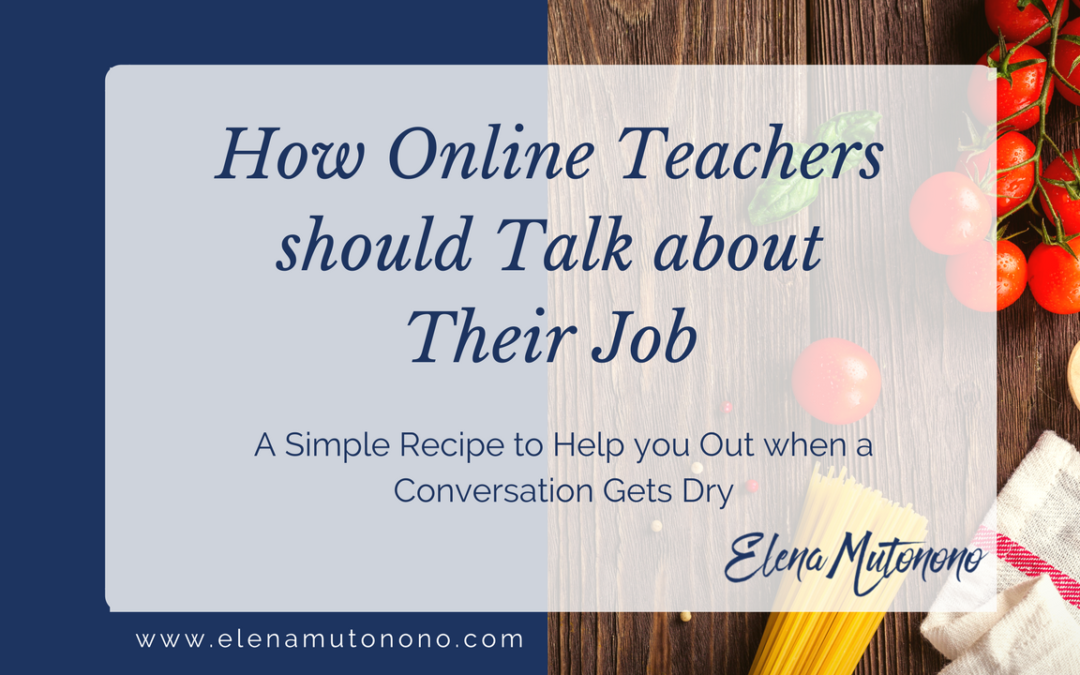
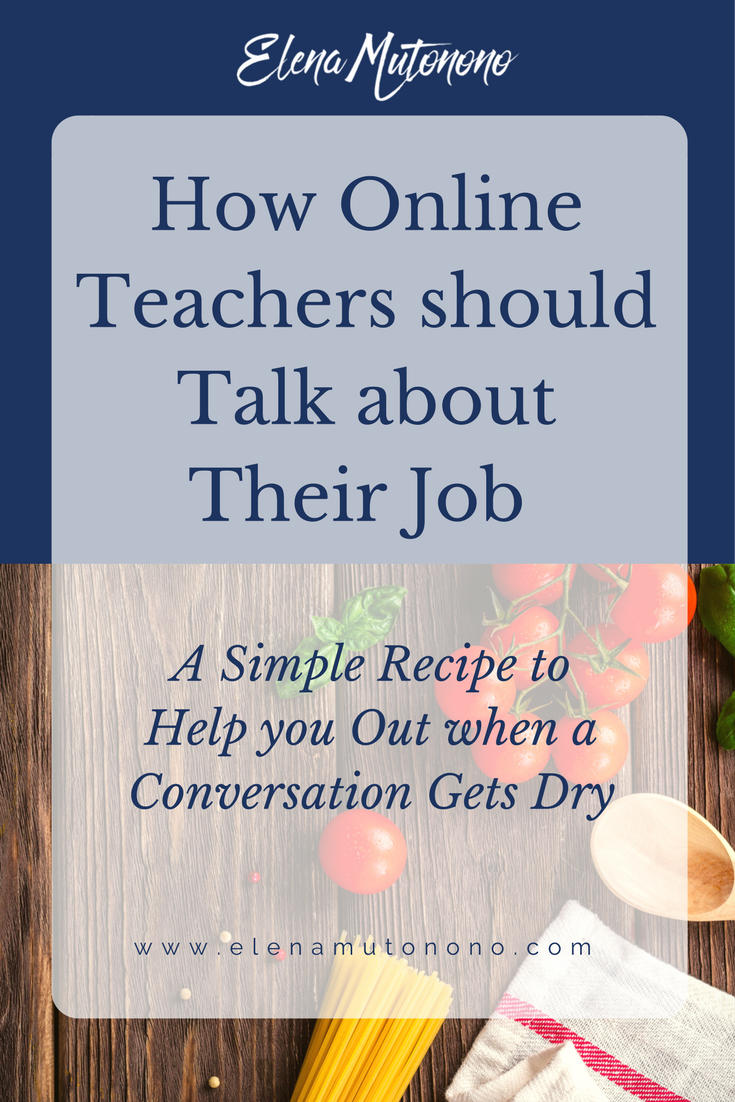
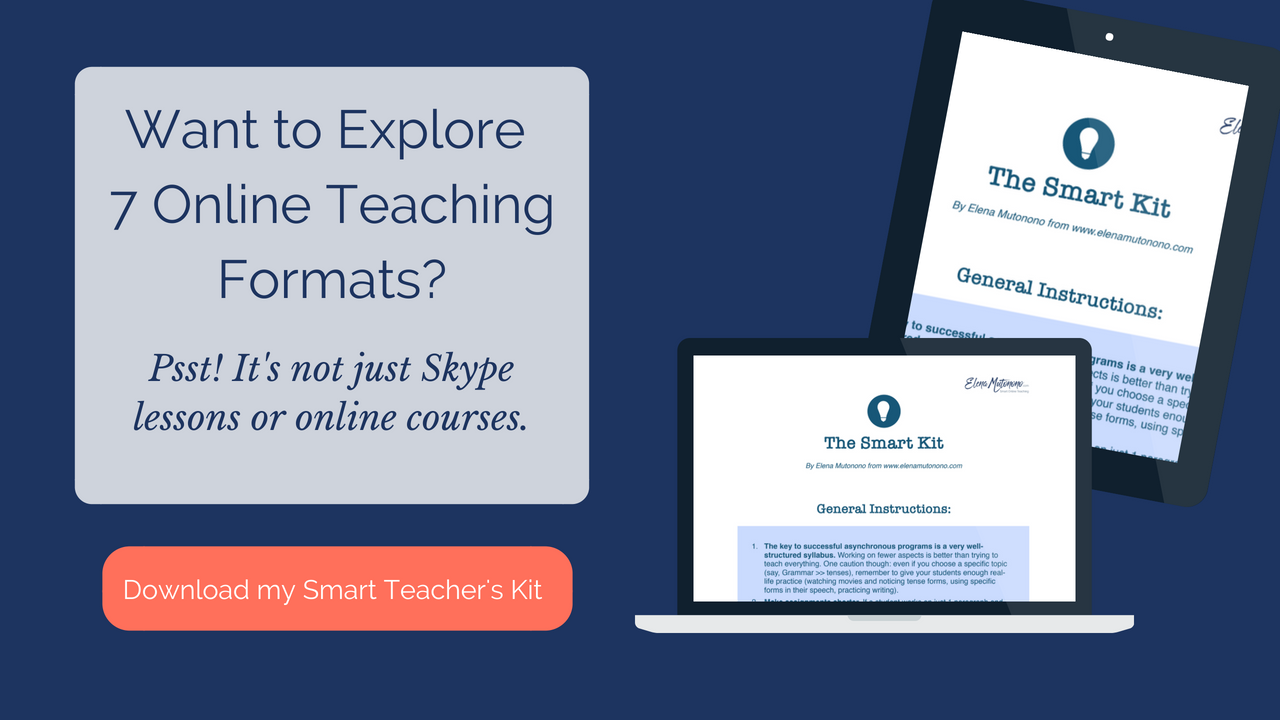
 Welcome to my nook where *Big Magic* happens. My name is Elena Mutonono, I help small business owners package their services as digital products and sell them online. I want you to work smarter, not harder. Increase your impact beyond your current face-to-face clients. Grow your business as you reach more people all over the world.
Welcome to my nook where *Big Magic* happens. My name is Elena Mutonono, I help small business owners package their services as digital products and sell them online. I want you to work smarter, not harder. Increase your impact beyond your current face-to-face clients. Grow your business as you reach more people all over the world.
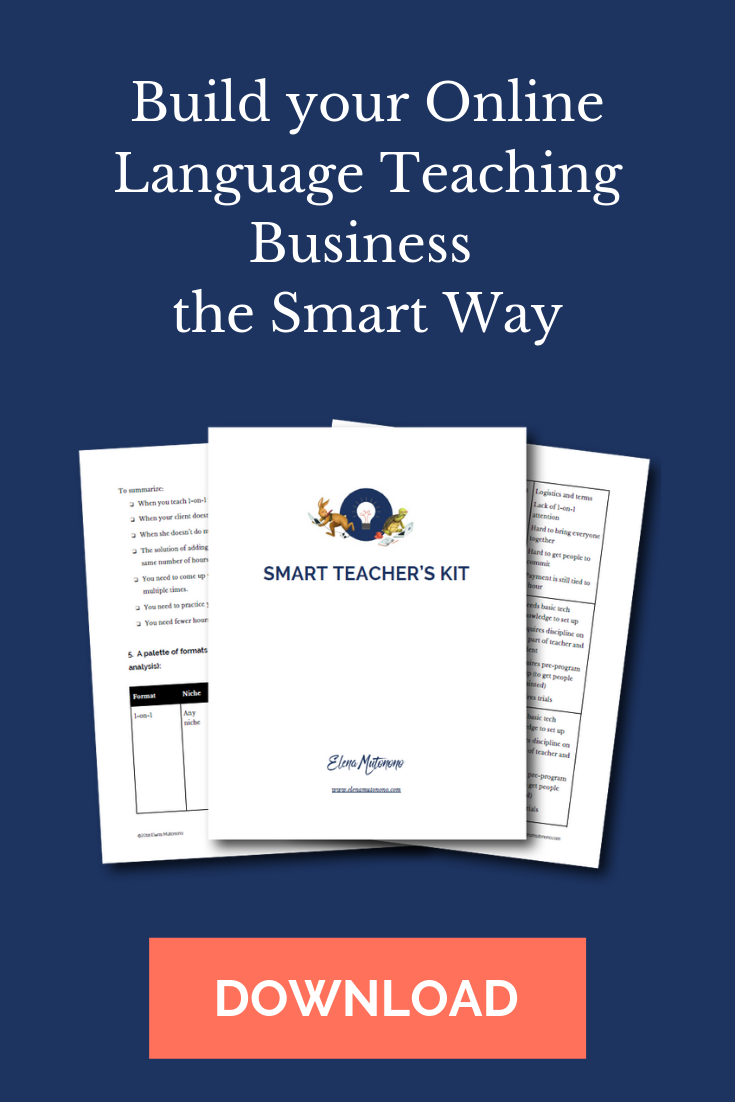




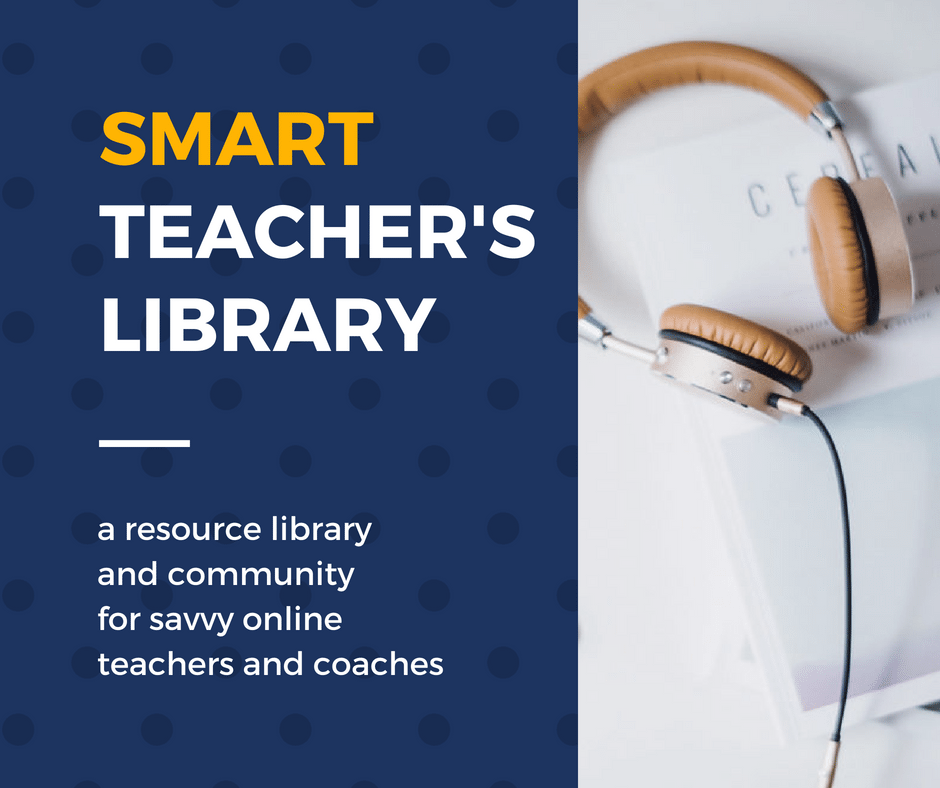
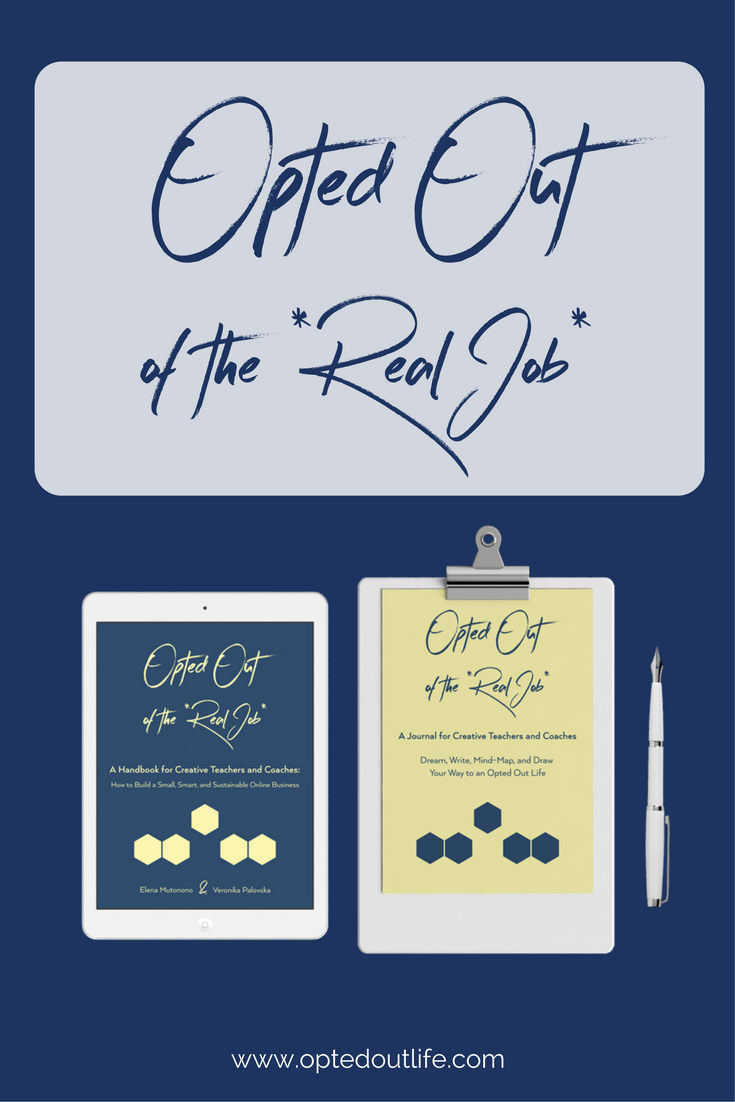

Thank you, Elena! This informatoin is really helpful! We can also use this structure to create a short videopresentation for our website, am I right?
Yes, that would be a great way to implement all these principles.
Thanks for this very concise and helpful description, with nice clear examples! Go to what is important to your listener and show how you can help.
I teach English and the Alexander Technique. So, in this second area, instead of answering the question, “What’s the Alexander Technique?” with mumbo jumbo, I try to say something like, “It can help you avoid back pain by moving in a better way.”
Click! An explanation that connects translates into: If you have a problem or a need, I will see how I can help you.
That’s a great illustration. Thanks, Fern.
How did I miss this post when it first came out? I hate saying I’m an online English teacher – I can feel the pity/confusion radiating out of people! I absolutely love your email tips at the end.
I just recently updated it, so I’m glad you’re coming back and finding it relevant. I think our job is such that we must describe what we do otherwise people come up with all sorts of things (like, that we do web development, which is what Shenee Howard’s mother thought she was doing LOL)